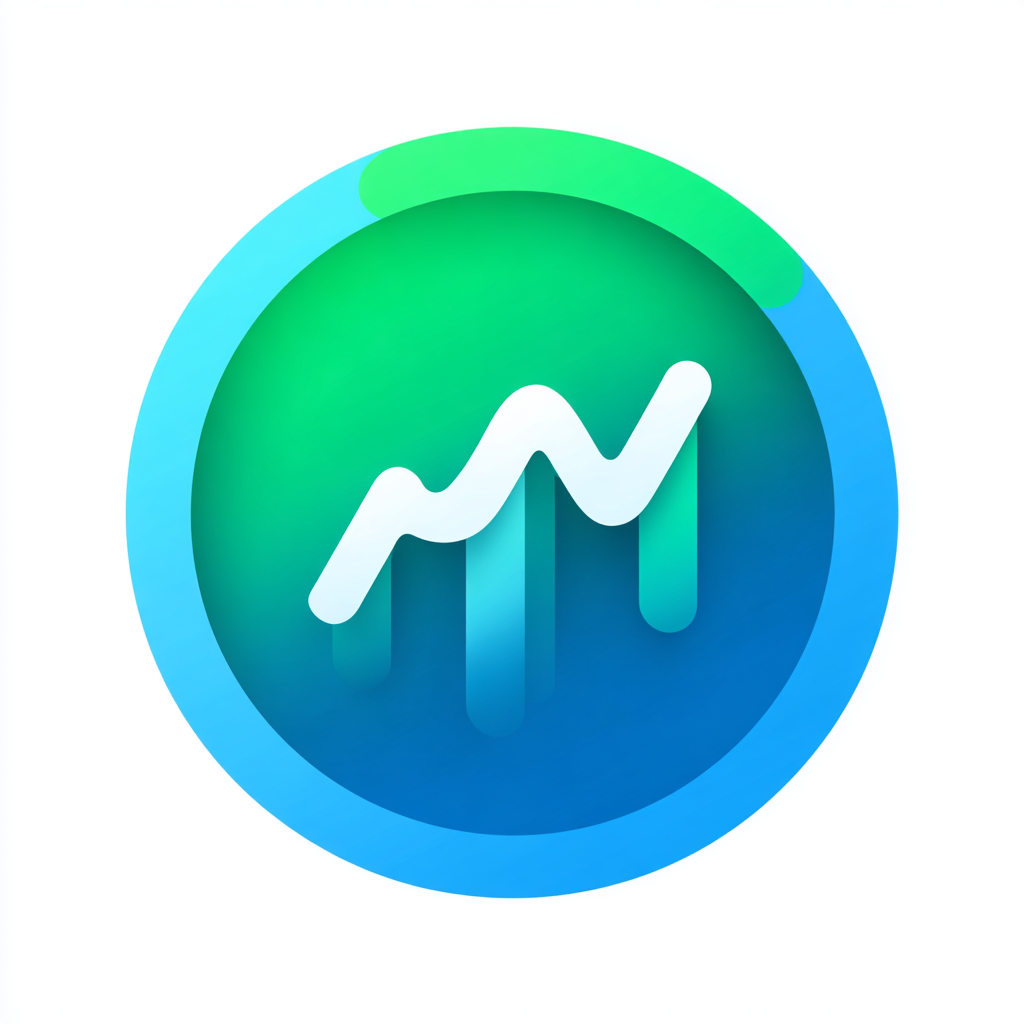Last updated: July 14, 2025 at 6:00 PM
Every e-commerce business knows that conversion rates are the lifeblood of online success. But what many don't realize is that website monitoring isn't just about preventing downtime,it's a powerful conversion optimization tool that can significantly impact your bottom line.
I recently analyzed data from over 50 e-commerce sites and discovered a startling correlation: sites with comprehensive monitoring and quick issue resolution had 23% higher conversion rates than those with basic or no monitoring. The reason? They were preventing the small, often invisible issues that silently kill conversions.
The Hidden Cost of Poor Monitoring
Most e-commerce managers focus on obvious downtime,when the site is completely unavailable. But the real conversion killers are often subtler:
- Slow page loads during peak shopping hours
- Payment processor timeouts during checkout
- Inventory API failures causing product unavailability
- SSL certificate issues creating security warnings
- Third-party service outages breaking critical features
These issues don't always result in complete downtime, but they create friction that drives customers away. A 2-second delay in page load can reduce conversion rates by up to 7%, while payment processing issues can cause 15-20% cart abandonment.
Critical Monitoring Points for E-commerce
1. Checkout Process Monitoring
The checkout process is your money-making moment. Monitor:
- Payment gateway availability (Stripe, PayPal, etc.)
- SSL certificate validity and expiration
- Checkout page response times
- Form submission success rates
- Error page occurrences
2. Product Catalog Health
Ensure customers can browse and find products:
- Product listing page performance
- Search functionality availability
- Image loading and CDN health
- Inventory API response times
- Product detail page availability
3. Shopping Cart Functionality
Monitor the entire cart experience:
- Add-to-cart functionality
- Cart page loading times
- Quantity update operations
- Coupon code validation
- Shipping calculator availability
4. Mobile Experience
With 60%+ of e-commerce traffic coming from mobile:
- Mobile page load times
- Touch interface responsiveness
- Mobile payment processing
- App store connectivity (if applicable)
Real-World Impact: Case Studies
Case Study 1: Fashion Retailer
Problem: 15% increase in cart abandonment during peak hours
Root Cause: Payment processor API taking 8-12 seconds to respond
Solution: Implemented 30-second response time alerts for payment endpoints
Result: 40% reduction in cart abandonment, $50K additional monthly revenue
Case Study 2: Electronics Store
Problem: Product pages showing "out of stock" for available items
Root Cause: Inventory API failing intermittently
Solution: Added inventory API monitoring with 1-minute checks
Result: 25% increase in product page conversions, $30K monthly revenue boost
Case Study 3: Home Goods Site
Problem: Slow page loads during Black Friday
Root Cause: CDN performance degradation under high load
Solution: Implemented CDN health monitoring and automatic failover
Result: 60% improvement in page load times, 35% increase in sales
Monitoring Strategy for Maximum Conversion
1. User Journey Monitoring
Don't just monitor individual pages,track complete user journeys:
- Browse → Add to Cart → Checkout flow
- Search → Product → Purchase path
- Email link → Landing page → Conversion sequence
2. Performance Thresholds
Set conversion-focused thresholds:
- Page load time: Alert if > 2 seconds
- Payment processing: Alert if > 5 seconds
- Search results: Alert if > 1 second
- Add to cart: Alert if > 500ms
3. Geographic Monitoring
Monitor from locations where your customers are:
- Primary market locations
- Peak shopping time zones
- Mobile network conditions
4. Competitive Monitoring
Monitor competitor sites to understand market standards:
- Page load times comparison
- Uptime availability
- Feature availability
Implementation Best Practices
1. Start with Critical Paths
Focus monitoring on revenue-generating activities:
- Homepage availability and load time
- Product search and browsing
- Shopping cart functionality
- Checkout process
- Payment processing
2. Set Up Progressive Alerting
Use multiple alert levels:
- Warning: Performance degradation (slower than usual)
- Critical: User experience impact (customers likely affected)
- Emergency: Revenue impact (checkout unavailable)
3. Monitor Business Metrics
Track conversion-related KPIs:
- Cart abandonment rate
- Checkout completion rate
- Average order value
- Revenue per visitor
4. Regular Performance Reviews
Schedule weekly reviews to:
- Analyze monitoring data trends
- Identify performance bottlenecks
- Plan optimization initiatives
- Update alerting thresholds
Tools and Solutions
Lagnis E-commerce Monitoring
Lagnis provides specialized e-commerce monitoring:
- 1-minute check intervals for critical functions
- Payment processor monitoring (Stripe, PayPal, etc.)
- SSL certificate tracking with 30-day advance warnings
- Mobile experience monitoring
- Beautiful PDF reports for stakeholders
Custom Monitoring Setup
For advanced needs:
- Real user monitoring (RUM) for actual customer experience
- Synthetic monitoring for critical user journeys
- A/B testing integration for performance optimization
- Conversion funnel tracking
ROI Calculation
The investment in comprehensive monitoring typically pays for itself within 1-3 months:
Example Calculation:
- Monthly revenue: $100,000
- Current conversion rate: 2.5%
- Monitoring cost: $33/month
- Prevented downtime: 2 hours/month
- Performance improvement: 15% faster page loads
- Expected conversion improvement: 0.5%
- Additional revenue: $2,000/month
- ROI: 6,000% return on investment
Getting Started Today
- Audit Current Monitoring: What are you monitoring now?
- Identify Critical Paths: Map your customer journey
- Set Up Basic Monitoring: Start with homepage and checkout
- Add Advanced Features: Implement user journey monitoring
- Measure Impact: Track conversion rate improvements
- Optimize Continuously: Refine based on data
Conclusion
Website monitoring is not just a technical necessity,it's a conversion optimization strategy. In the competitive e-commerce landscape, every second counts, and every friction point costs you money. By implementing comprehensive monitoring, you're not just preventing problems; you're actively improving your conversion rates and increasing revenue.
The key is to think beyond uptime and focus on the complete customer experience. Monitor what matters to your customers, set realistic thresholds based on conversion impact, and continuously optimize based on real data.
Remember, in e-commerce, monitoring isn't about preventing downtime,it's about maximizing revenue.
 Lagnis
Lagnis